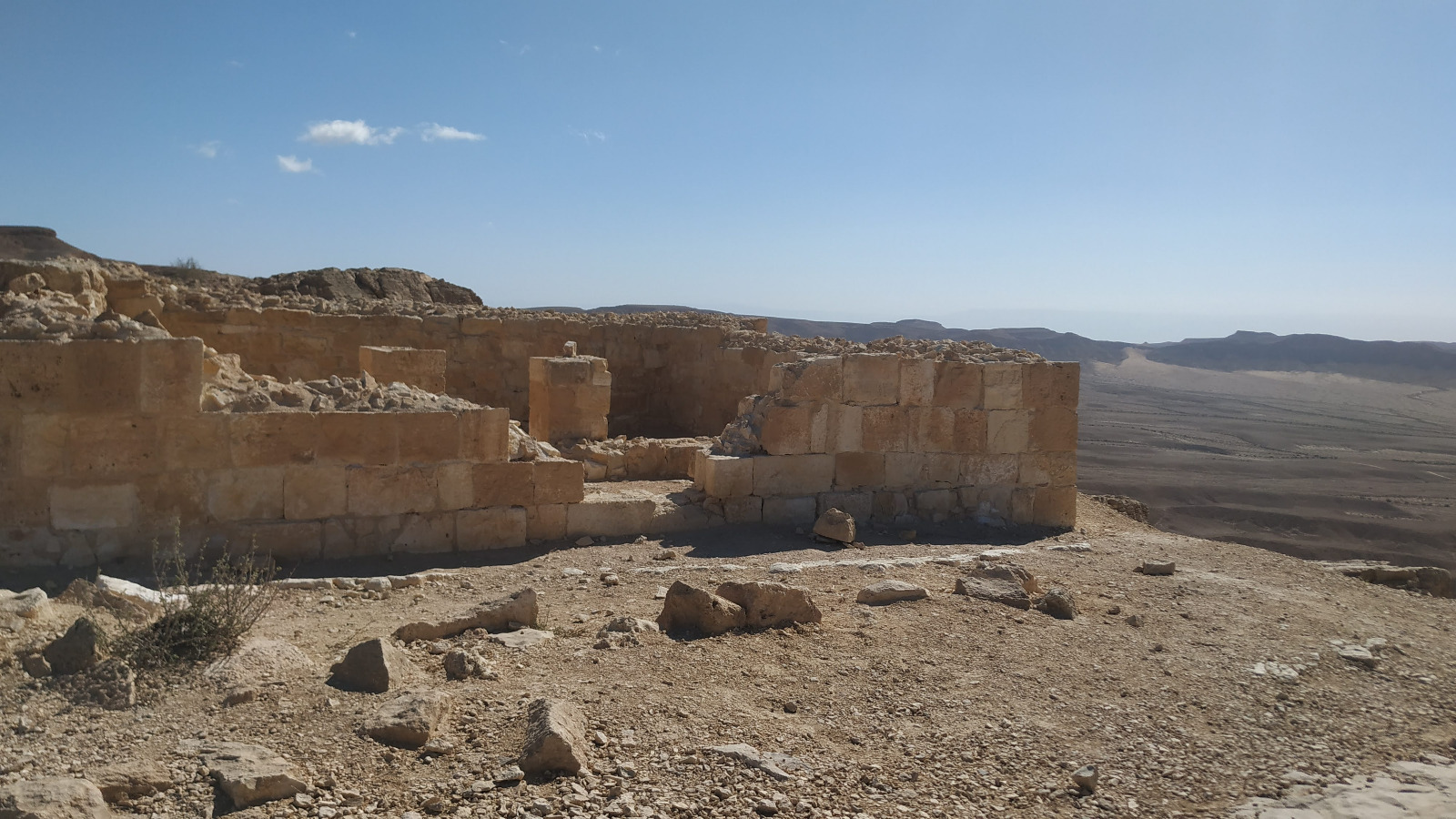The Archaeological Significance of Metzad Mahmal
Metzad Mahmal represents a crucial piece in the historical puzzle of the Incense Route, a trade network that facilitated the movement of luxury goods such as incense, myrrh, and spices between the Arabian Peninsula and the Mediterranean. This route not only served economic purposes but also played a significant role in cultural and technological exchanges between civilizations. The ruins of Metzad Mahmal, located on the northern cliff of the Ramon Crater, offer invaluable insights into the complexities of ancient trade and the ingenuity of the peoples who traversed these challenging landscapes.
Get your dose of History via Email
Geography and Strategic Importance
The stronghold of Metzad Mahmal is situated at the top end of Ma’ale Mahmal, a steep ascent that forms a critical part of the Incense Route running between Petra and Avdat. This narrow path, approximately 200 meters in length, represents one of the most daunting sections of the route. Its average width of one meter necessitated that both people and pack animals proceed in a single file, highlighting the strategic importance of Metzad Mahmal as a point of control and protection for caravans navigating this treacherous passage. The Romans, building upon the infrastructure established by the Nabateans, undertook significant engineering works to facilitate the movement of goods along this route.
Archaeological Investigations
The archaeological exploration of Metzad Mahmal began in 1937 with a survey conducted by George Kirk, followed by further surveys and excavations throughout the 20th and early 21st centuries. Notably, Rudolf Cohen of the Negev District of the Antiquities Authority led a test excavation in 1965 as part of a broader study of the Incense Route. Subsequent rescue excavations, particularly those directed by Cohen in December 1982 and another in May 2004 on behalf of the Israel Antiquities Authority, have played a pivotal role in uncovering the site’s historical layers.
Discoveries and Insights
The excavations at Metzad Mahmal have unearthed significant findings that shed light on the site’s historical timeline and usage. A notable discovery was a two-story building measuring 7 meters by 6.5 meters, comprising two rooms. The ceramics found on the first and older floor date back to the first century AD, while the later floor, along with late Nabatean ceramics and two coins of the Roman Emperor Gallienus, suggest a third-century AD date. Approximately 500 meters north of the stronghold, researchers uncovered a large water pool, measuring 8 meters by 4.8 meters, with a capacity exceeding 150 cubic meters. This pool, covered by a stone ceiling supported by arches and filled by a drainage canal, highlights the sophisticated engineering skills of the site’s inhabitants and their ability to adapt to the arid environment of the Negev desert.
Conclusion
The archaeological site of Metzad Mahmal offers a window into the past, revealing the complexities of ancient trade routes and the ingenuity of the peoples who navigated them. Through the dedicated efforts of archaeologists and researchers, the ruins continue to provide valuable insights into the economic, cultural, and technological exchanges that shaped the ancient world. As investigations continue, Metzad Mahmal will undoubtedly contribute further to our understanding of the historical significance of the Incense Route.

